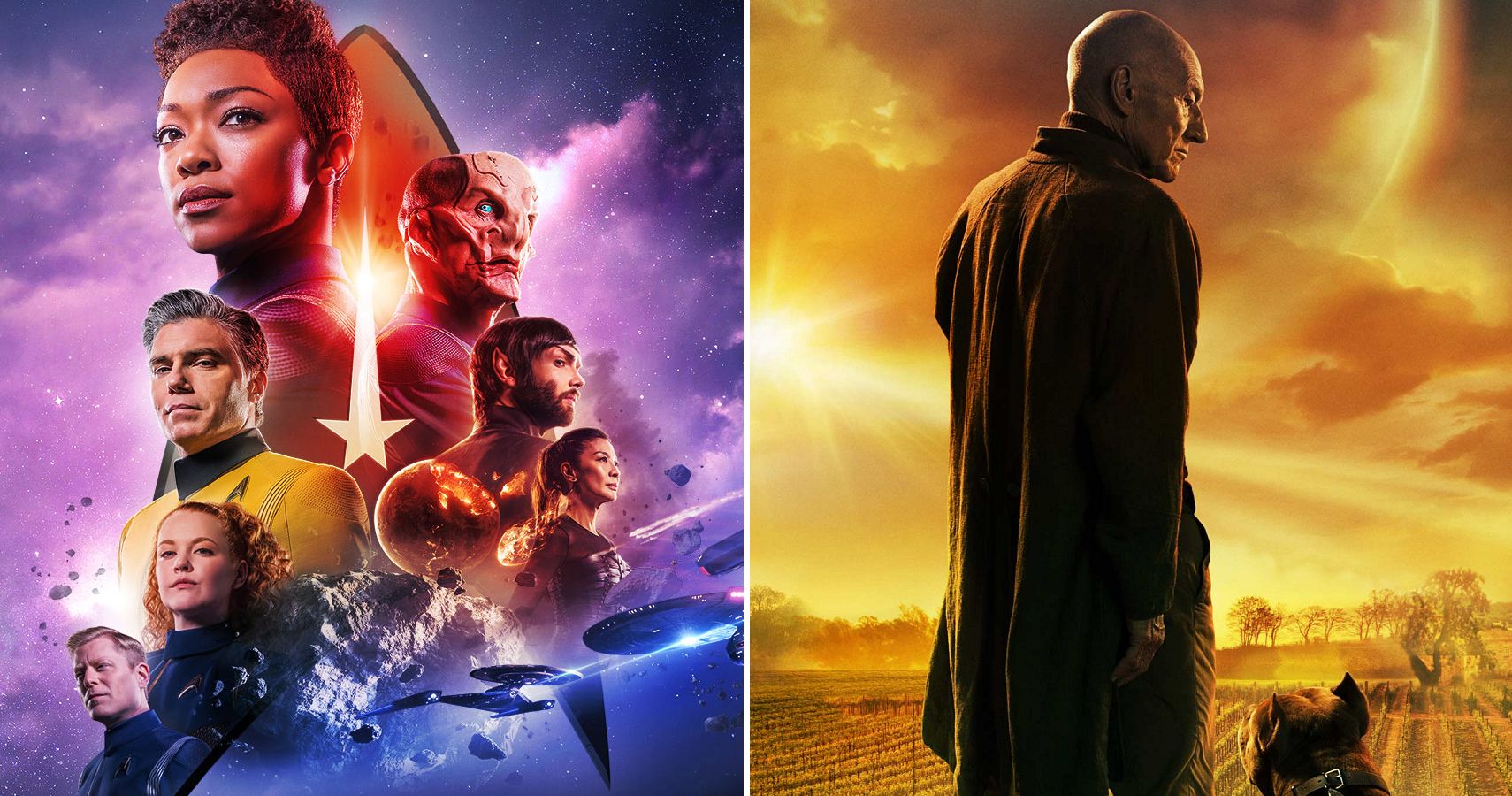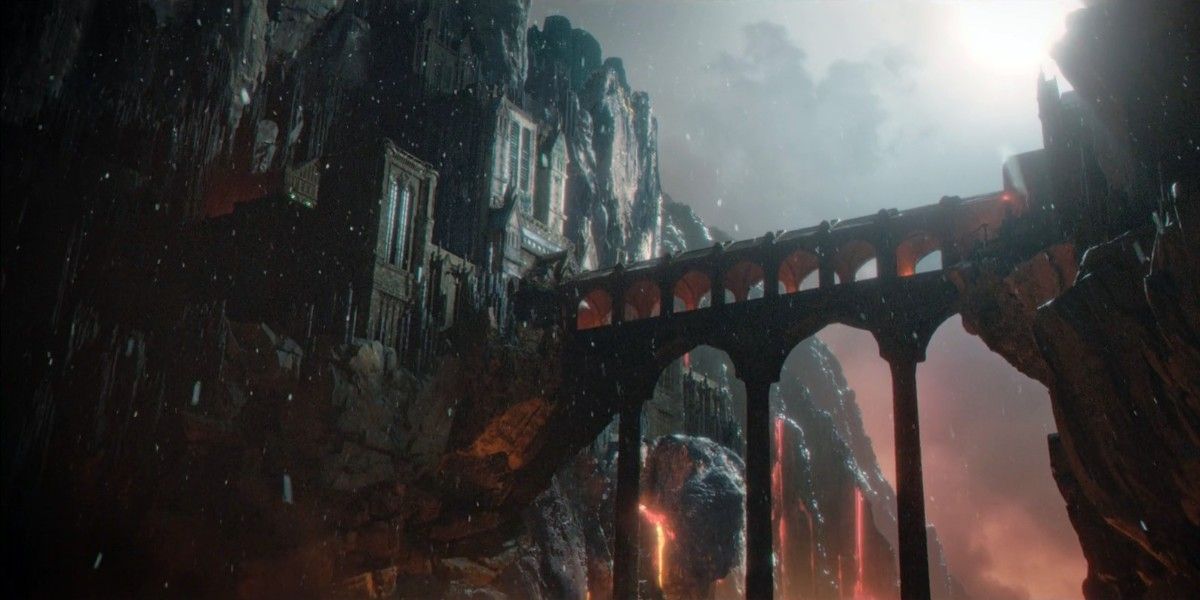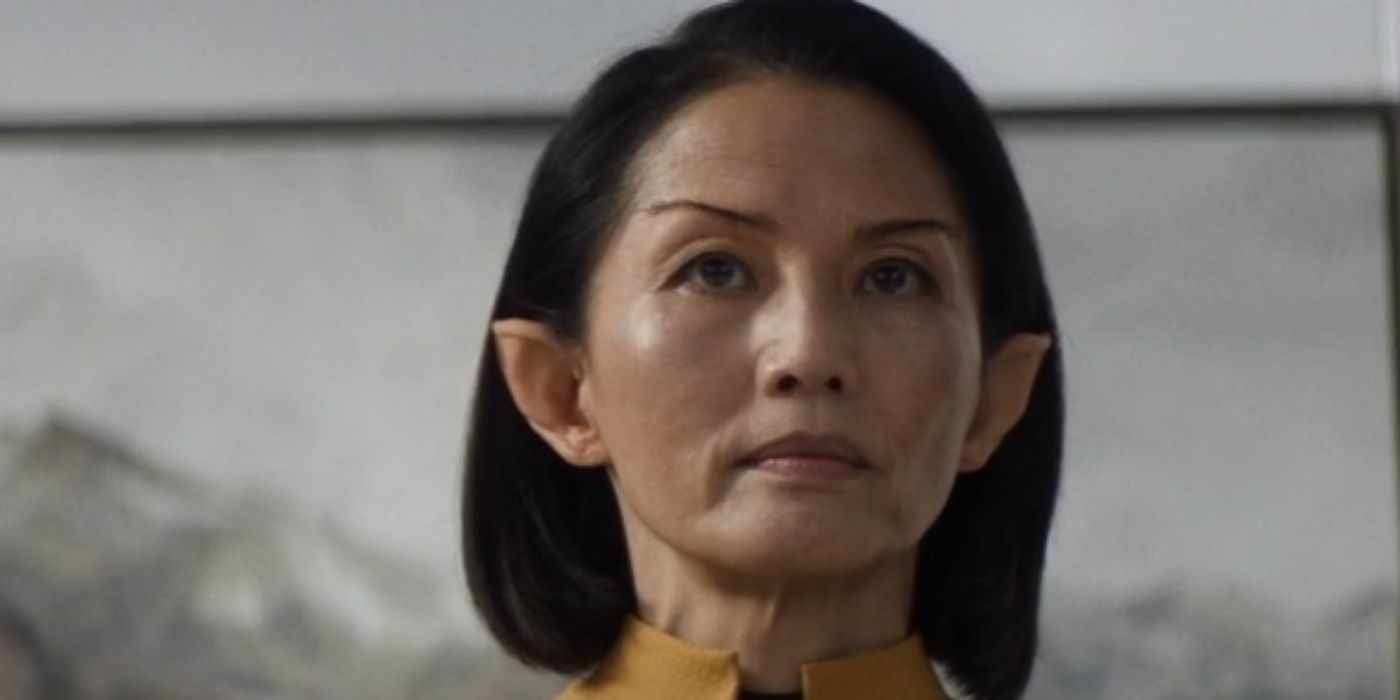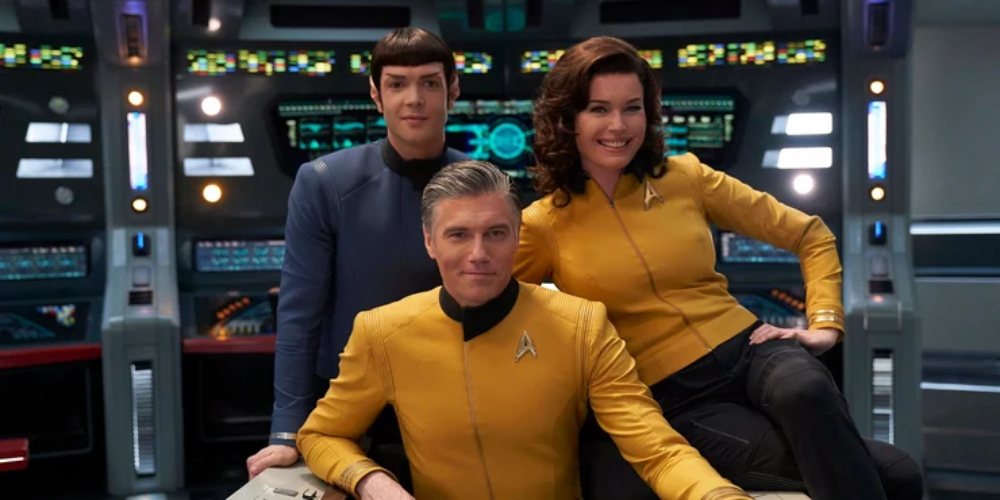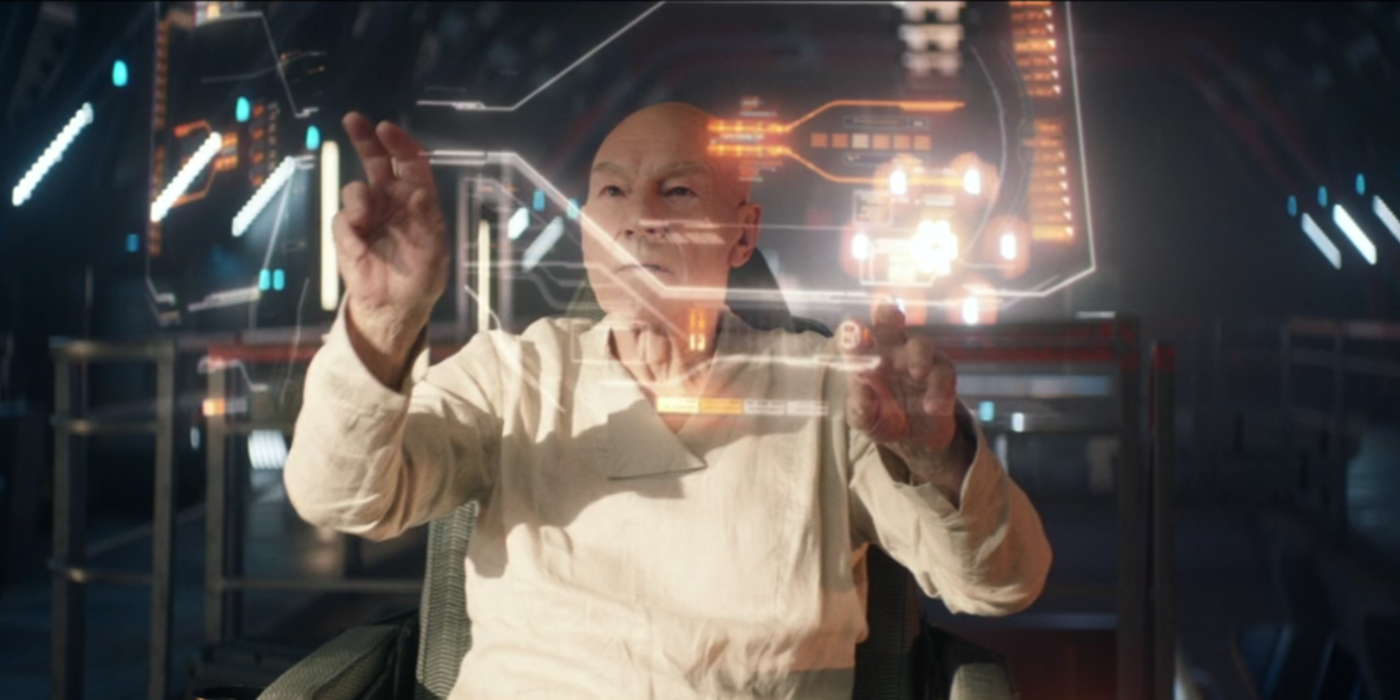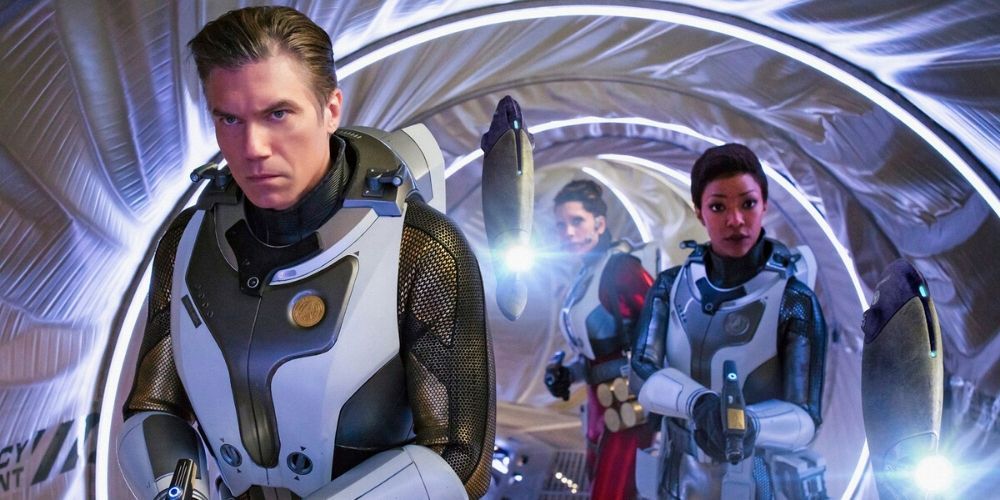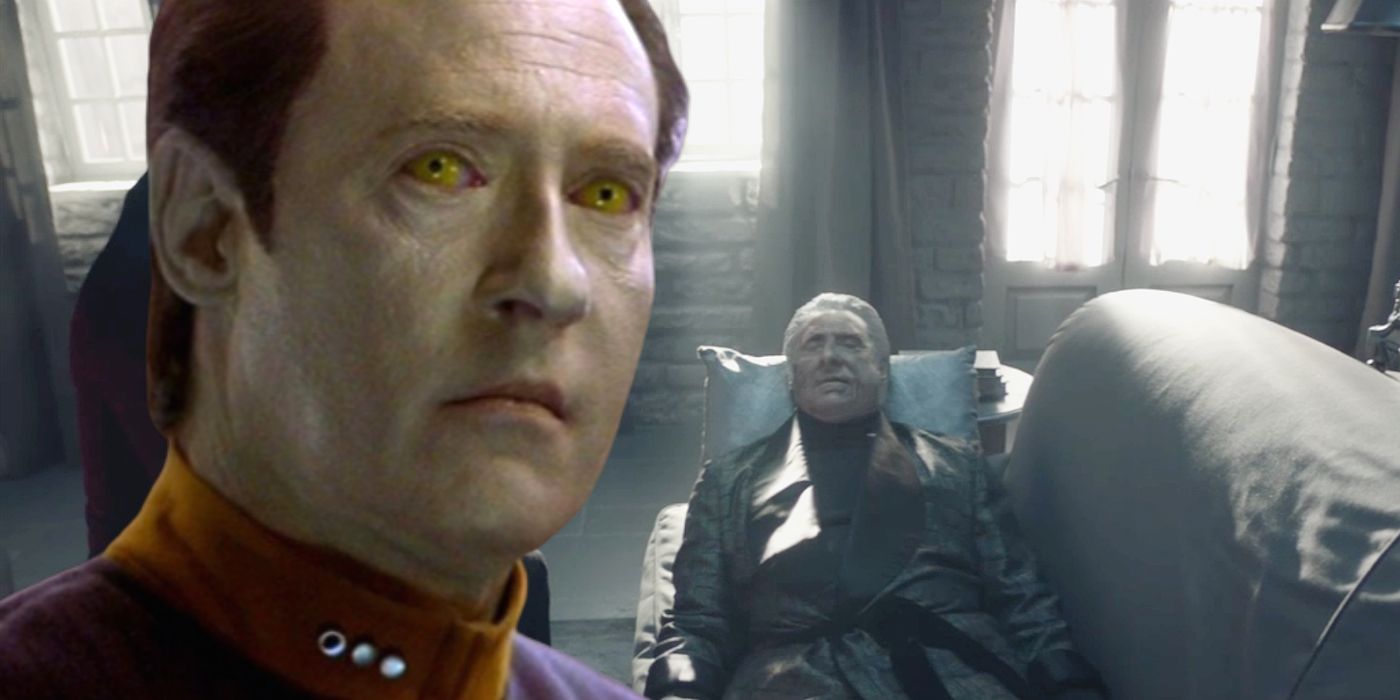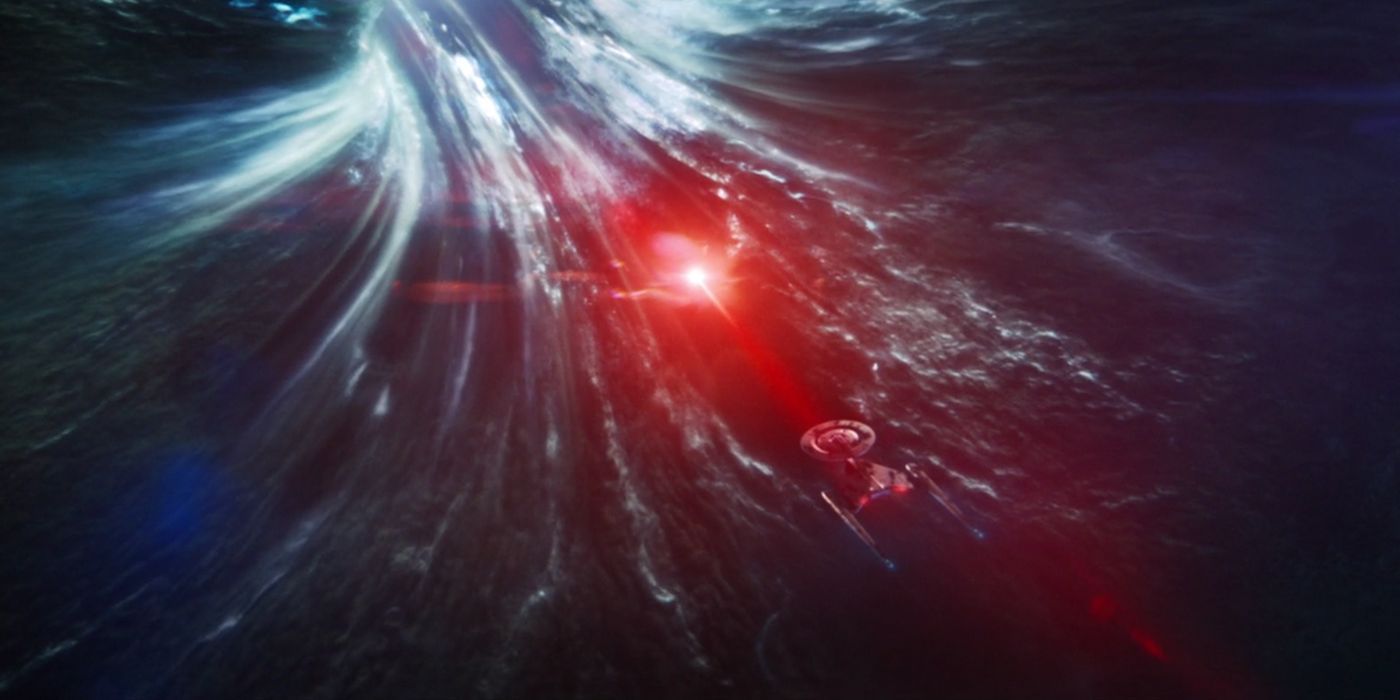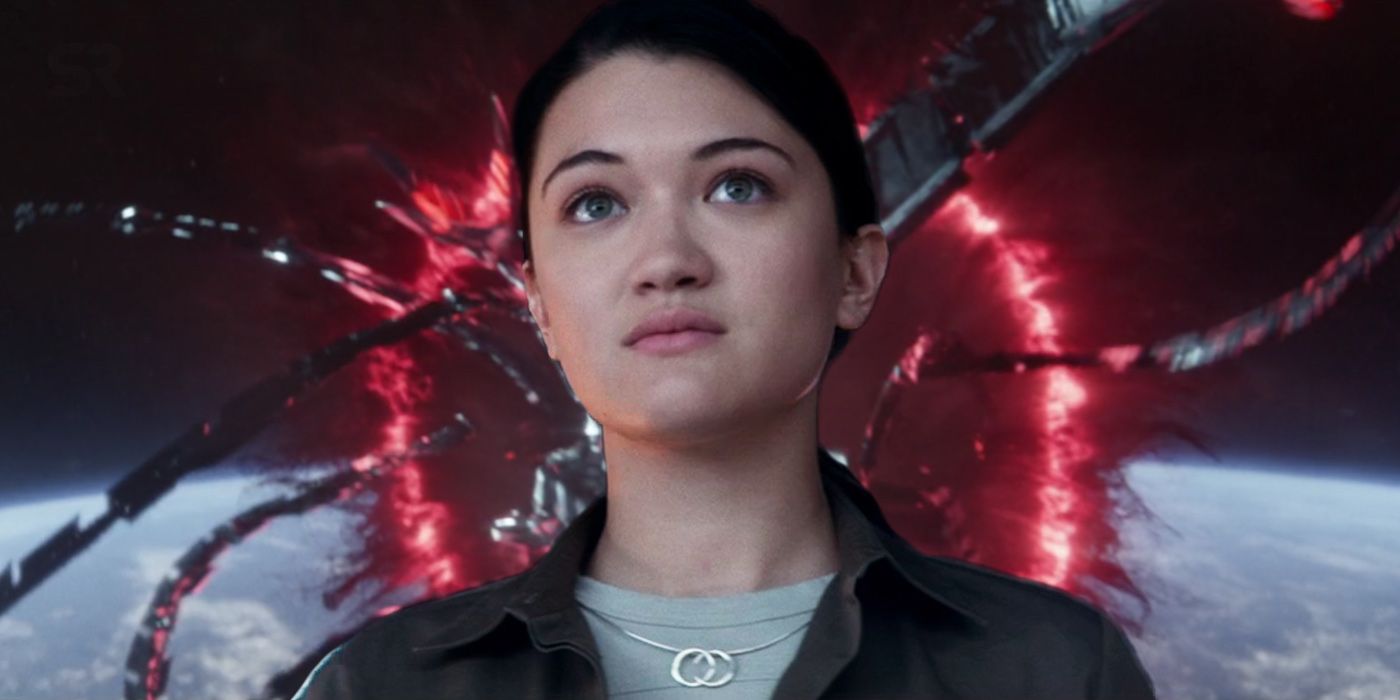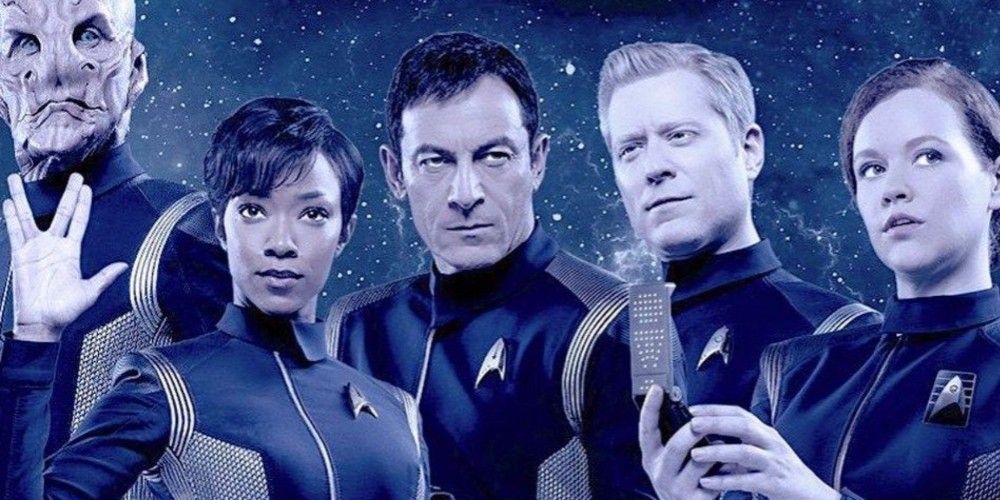Seeing more than one Star Trek series in rotation at one time makes fans nostalgic for the '90s, when at one point there were three different series on within a year of each other, including Star Trek: The Next Generation, Star Trek: Deep Space Nine, and Star Trek: Voyager. Star Trek: Discovery was the most recent installment in the franchise since Star Trek: Enterprise in the early '00s, and since its maiden voyage in 2017 it has proven divisive, until the premiere of Star Trek: Picard.
Picard has caused a whole new clamoring among fans with the return of Jean-Luc Picard and a new intergalactic crisis to avert. It draws some inspiration from Discovery's triumphs and wisely sidesteps some of its pitfalls. However, there are some things that Discovery has accomplished while charting its own course that bears mention.
Picard: Nostalgia
Both series went Warp 10 towards delivering nostalgia for fans, but they did so with varying degrees of success. Star Trek: Picard made minor references to Star Trek: The Next Generation, and included guest star roles by fan-favorite characters that furthered the overall plot of the show.
Star Trek: Discovery took entire plotlines from Star Trek: The Original Series, from the Mirror Universe to the return of Captain Christopher Pike and Co. before his retirement and the passing of the torch to Captain Kirk.
Discovery: Alien Culture
Of all the alien cultures to explore, Star Trek: Picard chose to focus on Borg and Romulan culture the most. The XB's (ex-Borg) face being considered a different race in the Federation altogether thanks to the Borg Reclamation Project, and fans learn more about Romulan culture than warfare and secrecy with the Elnor and the Qowat Milat and Narissa Rizzo and the Zhat Vash.
However, Star Trek: Discovery has them both beat with its deep-dive into Klingon culture. Full of in-depth looks at Klingon ships, planets, and society within the Empire beyond the High Council, it makes them feel even more fully realized than in the later seasons of Star Trek: The Next Generation. Honorable mention also goes to the introduction of the fascinating Kelpien society.
Picard: Starfleet Infiltration
Commodore Oh, aka General Nedar of the Romulan Empire, successfully infiltrated Starfleet in the 24th century, sometime around when Romulans got word that a synthetic named Data did the same. Fearing the synthetics were on their way to overthrowing organic life, Commodore Oh resolved the Zhat Vash to wiping them out first.
In Star Trek: Discovery, great lengths are taken by the Klingons to put one of their own among the crew of the USS Discovery, going so far as to surgically reassemble Voq into the human Ash Tyler. Their ruse is discovered fairly quickly, whereas Oh managed to conceal herself in plain sight for decades, eventually becoming Head of Starfleet Security. All she had to do was come off as Vulcan.
Discovery: A Combo Of Serialized And Episodic
Both Star Trek: Picard and Star Trek: Discovery are mainly serialized, in that there is a main storyline that continues across each season, and the actions of each episode have repercussions. Previous Star Trek series were episodic, meaning that each episode's plot was self-contained, with very few over-arching narratives.
By its second season, Star Trek: Discovery found the sweet spot somewhere between a serialized format and an episodic one. The crew went on individual missions, but the Red Angel plot remained in the background of every decision they made going forward. This allowed for far more rewatchability.
Picard: New Tech
Star Trek: Picard makes the sort of natural jump in technological advancement that its inspiration Star Trek: The Next Generation made from Star Trek: The Original Series. TNG introduced LCARS and touch screen technology, and Picard leans heavily into floating holographic interfaces.
Star Trek: Discovery's tech looked incredible, but since the series was set mere years before the Enterprise's five year mission aboard the Enterprise, it didn't fit into the consistency of the timeline. Though the series attempted to explain why Kirk and Co. hadn't ever heard of a spore-drive and couldn't transport entire ships, it seemed like a hastily grafted narrative imperative.
Discovery: Action
Star Trek: Picard is a slow-burn series, which is helpful for character development but can easily meander away from an exciting premise. By contrast, Star Trek: Discovery maintains a steady pace that remains dynamic every episode. It's boasted some of the most harrowing and cinematic action sequences of any Star Trek series or film.
The series finales of each season in Star Trek: Discovery have had incredibly high stakes, but unlike on Picard they feel real and earned. The action manages to feel anything but routine, which is a credit to amazing set pieces, strong performances, and a taut plot.
Picard: Character Development
Fans were eager to catch up with Jean-Luc Picard and various other characters from Star Trek: The Next Generation after twenty years since their last adventure. Picard didn't have its characters existing in a vacuum - they'd changed in two decades, and more importantly, they continued to change as the series went on.
Perhaps because of its focus on style over substance in the first season, Star Trek: Discovery focused too much on action and too little on character development, especially with the introduction of the Klingon War and the Red Angel.
Discovery: Music
Just like with Star Wars, music has always been an integral part of the Star Trek franchise. Both Star Trek: The Original Series and Star Trek: The Next Generation had incredibly memorable theme songs, not to mention very cinematic scores throughout the series. Star Trek: Picard still hasn't found its signature sound.
By contrast, Star Trek: Discovery has a much more recognizable theme song, as well as a series of very memorable musical pieces throughout its two seasons. A stand out melody is the "Terran Empire Theme", first heard introducing Emperor Georgiou in the Mirror Universe, composed by Jeff Russo.
Picard: Plot
Because Star Trek: Picard takes place twenty years after Star Trek: Nemesis, it can be perceived as a direct sequel to Star Trek: The Next Generation, and as such doesn't have to adhere to a future that's already been written. It can boldly go where no Trek series has gone before with creative license.
By placing Star Trek: Discovery in the path of Captain Kirk's five year mission, certain adherence to the prime timeline had to be made, and any deviations (such as Michael Burnham being the "only Starfleet mutineer") had to be addressed in a way that made sense to fans.
Discovery: New Characters
As a continuation of a previous Star Trek series, Star Trek: Picard had to have an amalgamation of old and new characters. Along with Jean-Luc Picard as its anchor, it introduced a colorful crew consisting of Captain Cristobal Rious, Raffi Musiker, Elnor, and Agnes Jurati. Unfortunately, very few of these characters were very dynamic, and fans found themselves wanting more of the TNG cameos.
By contrast, Star Trek: Discovery had nothing but new characters in Season 1, and many of them have since become fan-favorites in a similar way to the cast of Star Trek: The Next Generation and Star Trek: The Original Series. Having a few familiar faces join them in Season 2 only made them more unique.

